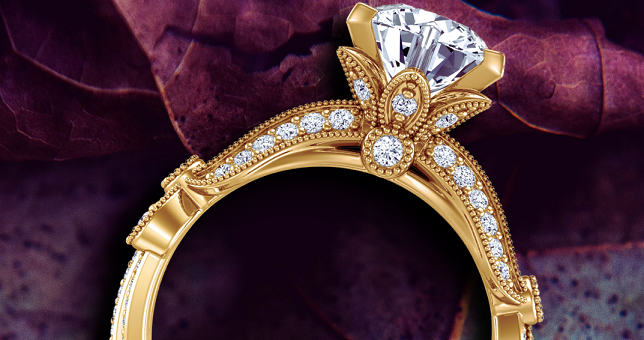
Vintage Engagement Rings-How much should you pay?
An in-depth look at pricing for Vintage Engagement Rings
In today's world of engagement ring choices, vintage engagement rings have carved out a unique niche that continues to capture the hearts of couples looking for something truly special. These rings offer a timeless allure, often characterized by intricate craftsmanship, historical significance, and a touch of nostalgia. While the allure of vintage rings is undeniable, a common question that arises among those considering them is whether the price of a vintage engagement ring under consideration is fair or too expensive. In this article, we will delve into the world of vintage engagement rings to understand the factors that influence their prices and how they compare to contemporary rings in terms of cost. Whether you're an admirer of all things vintage or simply exploring your options, join us as we uncover the intriguing world of vintage engagement ring pricing.
What Are Vintage Engagement Rings?
Before delving into the intricacies of vintage engagement ring pricing, it's essential to understand what vintage engagement rings are and how they differ from modern rings. Additionally, we'll introduce the concept of "vintage-style engagement rings" to provide a comprehensive overview.
A. Vintage Engagement Rings:
1. Definition: Vintage engagement rings are typically defined as rings that are older than 50 years but less than 100 years old. They often encompass the styles and craftsmanship of specific historical eras.
2. Historical Significance: Vintage engagement rings are admired for their historical significance, often representing the design aesthetics and cultural influences of the time in which they were created.
3. Eras and Characteristics:
- Art Deco (1920s-1930s): Art Deco rings are known for their geometric shapes, bold lines, and use of contrasting colors. Emerald-cut diamonds and sapphires are common in this era.
- Art Nouveau (late 19th to early 20th century): Art Nouveau rings feature organic, nature-inspired motifs, such as floral patterns and curved lines. Colored gemstones and intricate designs are hallmarks.
- Victorian (19th century): Victorian-era rings often showcase ornate filigree work, engravings, and a penchant for symbolism. The use of colored gemstones like garnets, sapphires, and pearls is prevalent.
- Edwardian (early 20th century): Edwardian rings are characterized by delicate and feminine designs, lace-like filigree, and the use of platinum settings. Diamonds and sapphires, often in intricate patterns, are prominent.
B. Vintage-Style Engagement Rings:
1. Definition: Vintage-style engagement rings are modern rings designed to emulate the aesthetics and design elements of vintage rings.
2. Characteristics: While not true vintage pieces, these rings capture the essence of vintage styles, including filigree work, milgrain detailing, and specific gemstone cuts.
3. Availability: Vintage-style rings are more readily available in jewelry stores and can offer a cost-effective alternative to true vintage rings. Online jeweler such as Gemvy sell unique vintage inspired rings that capture the artisanship that is a characteristic of older vintage engagement rings.
Understanding the distinction between vintage and vintage-style engagement rings is crucial when assessing their respective costs. Vintage rings are authentic, historic pieces, while vintage-style rings are contemporary creations inspired by vintage aesthetics.
Factors That Influence Vintage Engagement Ring Prices
The allure of vintage engagement rings extends beyond their romantic aesthetics and rich history. While vintage engagement rings are celebrated for their timeless beauty, it's important to understand the factors that can influence their prices. Whether you're an antique jewelry enthusiast or a soon-to-be engaged couple seeking a vintage treasure, knowing what determines the value of these rings is crucial. Here are the key factors that can influence vintage engagement ring prices:
A. Rarity and Authenticity:
The rarity and authenticity of vintage engagement rings are critical factors that significantly impact their prices. Rarity often stems from the age of the ring and the historical period it represents.
1. Age and Rarity: Authentic vintage engagement rings, especially those that are older than 50 years and from earlier periods, are considered rarer and often more valuable. Rings from specific eras, such as the Art Nouveau, Art Deco, Victorian, or Edwardian periods, are particularly sought after. The rarity of these rings is due to both their age and the fact that they may no longer be in production.
- Comparative Rarity of Eras: It's essential to note that the rarity of vintage engagement rings can vary depending on the era they belong to. Older periods, such as the Victorian era (1837-1901) or the Georgian era (1714-1837), are indeed rarer to find in good condition. Rings from these eras often command higher prices due to their historical significance and scarcity.
B. Gemstone Quality and Type:
The type and quality of gemstones used in vintage engagement rings play a significant role in determining their prices. Understanding the likelihood of specific gemstones being used as center stones during different periods can provide valuable insights into pricing.
Center Stone and Gemstone Choice: The likelihood of diamonds being used as center stones in vintage engagement rings can vary depending on the era. In earlier periods like the Victorian era and Edwardian era, diamonds were less common as center stones. Instead, colored gemstones such as sapphires, rubies, or even pearls were often used. This was partly due to the limited availability of high-quality diamonds at that time.
Vintage engagement rings with colored gemstones as center stones from these earlier periods tend to be more unique and, in some cases, more expensive due to their relative rarity. Conversely, vintage engagement rings from more recent periods like the Art Deco era (1920s-1930s) are more likely to feature diamonds as center stones. The availability of diamonds increased during this time, making them more accessible for use in jewelry. However, the quality and size of the diamond can still significantly affect pricing.
C. Precious Metals:
The choice of precious metals used in vintage engagement rings also plays a crucial role in determining their prices. The type of metal used can vary across different eras and influence the overall value of the ring.
Use of Platinum: During the Art Deco era (1920s-1930s), there was a notable shift towards the use of platinum in jewelry, including engagement rings. Platinum is a durable and rare metal, making it an excellent choice for intricate and delicate designs characteristic of the Art Deco style. This shift to platinum during this era had a direct impact on the pricing of vintage engagement rings. Rings made of platinum from the Art Deco period tend to command higher prices due to the preciousness of the metal and the craftsmanship associated with it.
Yellow Gold and Silver: In contrast, in later eras, such as the Retro era (1940s-1950s) and the Mid-Century Modern era (1950s-1960s), yellow gold and silver became more common choices for engagement rings. These metals, while still valuable, are more readily available than platinum. As a result, vintage engagement rings made from yellow gold or silver from these periods often have a different pricing structure compared to their platinum counterparts from the Art Deco era.
Understanding the historical context and the prevalence of specific metals during different vintage eras is essential when evaluating vintage engagement ring prices. The choice of metal can affect both the aesthetic appeal and the overall cost of the ring, making it an important consideration for those seeking a vintage treasure.
D. Craftsmanship and Design Elements:
Elaborate design details and expert craftsmanship are key factors in determining the uniqueness, popularity, and price of an engagement ring. Different eras have introduced distinctive design elements that have left a lasting impact on the world of vintage and vintage-style rings.
Design elements such as filigree, milgrain, engraving, and unique gemstone arrangements contribute to the uniqueness and popularity of vintage and vintage-style engagement rings. These elements showcase the craftsmanship of different eras and add to the overall appeal of the rings. As collectors and individuals seek rings with exceptional design details, the presence of such elements often influences the pricing of these timeless treasures.
Edwardian-era rings (1901-1915) are renowned for their elaborate filigree work. These rings often feature fine and lacey filigree patterns, including bows, ribbons, and delicate floral motifs. The craftsmanship required to create such intricate designs contributes to their uniqueness.
Art Deco-era rings (1920s-1930s) are known for their use of milgrain detailing. Rings from this period often feature sharp geometric shapes with delicate milgrain borders, creating a visually striking effect. The precision required for milgrain work enhances the overall appeal and uniqueness of Art Deco rings.
Victorian-era rings (mid to late 19th century) often feature ornate engravings, which may include floral patterns, intricate scrollwork, or symbolic motifs. These engravings add a touch of romance and sentimentality to the rings, making them highly sought after by collectors and romantics alike.
Victorian-era rings (mid to late 19th century) often feature ornate engravings, which may include floral patterns, intricate scrollwork, or symbolic motifs. These engravings add a touch of romance and sentimentality to the rings, making them highly sought after by collectors and romantics alike.
E. Condition and Wear:
The condition of a vintage engagement ring plays a significant role in appraising its value. Collectors and buyers often seek rings in the best possible condition to ensure that they receive a piece of jewelry that has endured the test of time while retaining its beauty and charm. Here are some aspects related to a ring's condition that can enhance or diminish its value:
i. Overall Wear and Tear: Rings that exhibit minimal signs of wear and tear tend to command higher prices. These are rings that have been well-preserved and maintained over the years. Conversely, rings with significant visible wear, such as scratches, dents, or worn prongs, may have reduced value.
ii. Gemstone Condition: The state of the center stone and accent gemstones is crucial. Rings with gemstones that are free from chips, cracks, or damage are more desirable. Stones that have retained their brilliance and luster enhance the overall value of the ring.
iii. Metal Integrity: The condition of the metal is vital. Vintage rings with minimal metal loss, such as thinning shanks or weakened settings, are considered in better condition. Well-preserved metals, whether platinum, gold, or silver, contribute positively to the ring's value.
iv. Prong Wear: Prongs that secure the gemstones should be checked for wear and stability. Rings with secure prongs are valued higher, as they ensure the safety of the gemstones.
v. Engravings and Hallmarks: The presence of original engravings and hallmarks can enhance the vintage ring's authenticity and value. These marks provide insights into the ring's history and origins.
vi. Resizing and Alterations: Rings that have been resized or significantly altered from their original state may have diminished value compared to unaltered vintage rings. Some collectors prefer rings in their original, unaltered condition.
vii. Cleanliness and Maintenance: Rings that have been well-maintained and cleaned tend to appear more appealing. Regular maintenance can help preserve the condition and value of a vintage ring.
F. Provenance and History:
a. Provenance: Rings with a documented history or known provenance, such as being part of a famous collection, having a renowned designer (Tiffany’s, Van Cleef Arpels) or having a remarkable story, can be more valuable to collectors and enthusiasts.
b. Famous Previous Owners: Rings previously owned or associated with celebrities, historical figures, or notable individuals can have significantly higher values due to their historical significance.
G. Market Demand and Trends:
1. Market Trends: Current trends and market demand for vintage engagement rings can impact their prices. For example, rings from specific eras or with certain design elements may be more sought after at a given time.
2. Popularity: Vintage engagement rings that are highly popular in the current market may see increased demand and, subsequently, higher prices.
Conclusion
In the enchanting world of engagement rings, vintage treasures stand as timeless symbols of love, craftsmanship, and history. As we embarked on this journey to unravel the mystery of vintage engagement ring pricing, we've uncovered a multitude of factors that influence their cost. So, are vintage engagement rings expensive? The answer is both nuanced and fascinating.
When it comes to pricing, several factors come into play. Rarity and authenticity play a significant role; older rings from specific eras, like the Victorian or Georgian periods, tend to be rarer and, therefore, often more expensive. Gemstone choice, precious metals, craftsmanship, and the presence of unique design elements can all elevate the price of a vintage ring. Furthermore, a ring's condition, history, and market demand also influence its value.
Ultimately, the price of a vintage engagement ring is as unique as the love story it represents. So, as you embark on this journey to find the perfect ring, let your heart guide you, and may your choice be as timeless as the love it symbolizes.

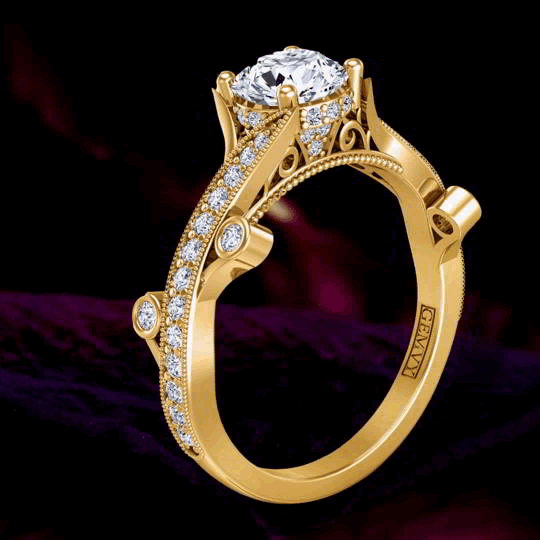
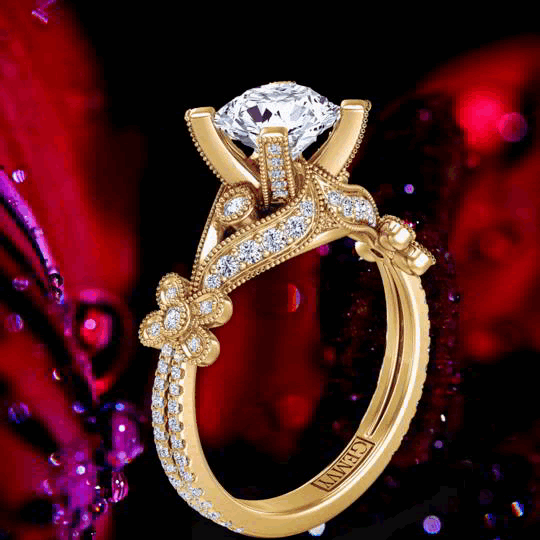
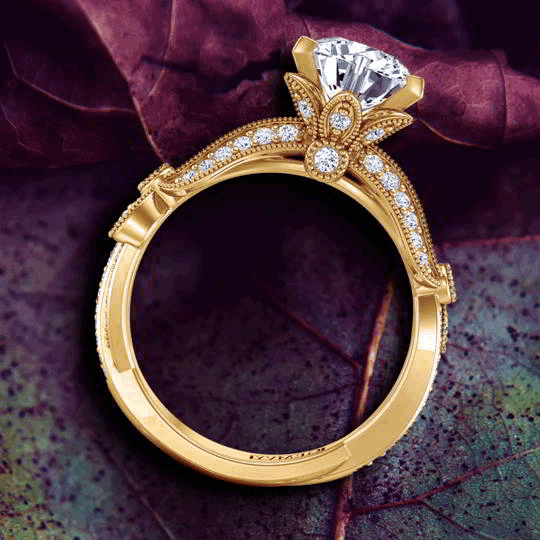

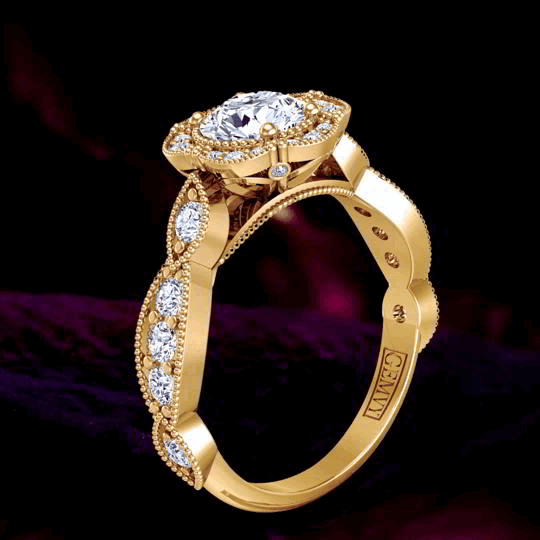

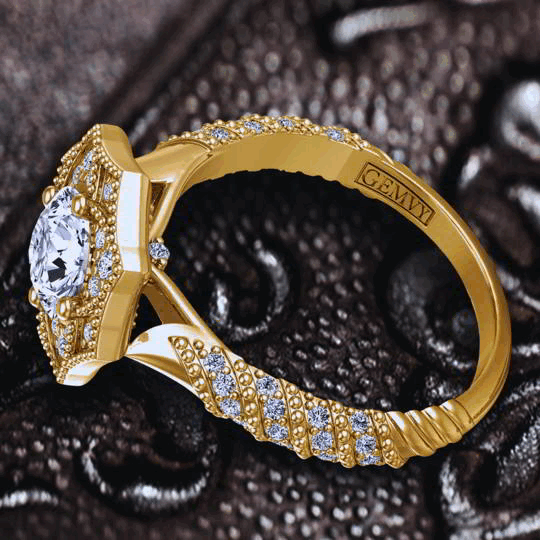
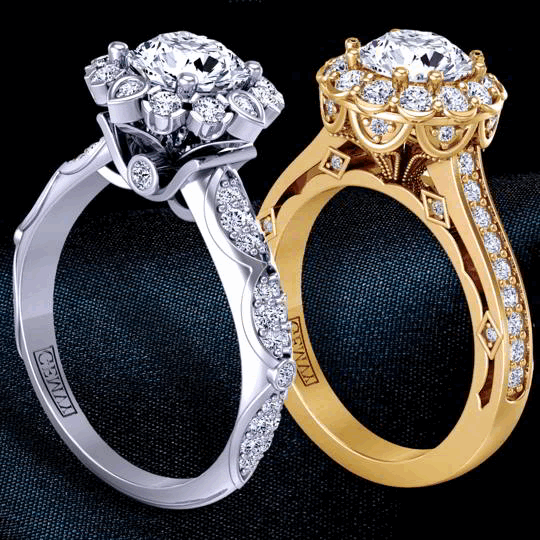
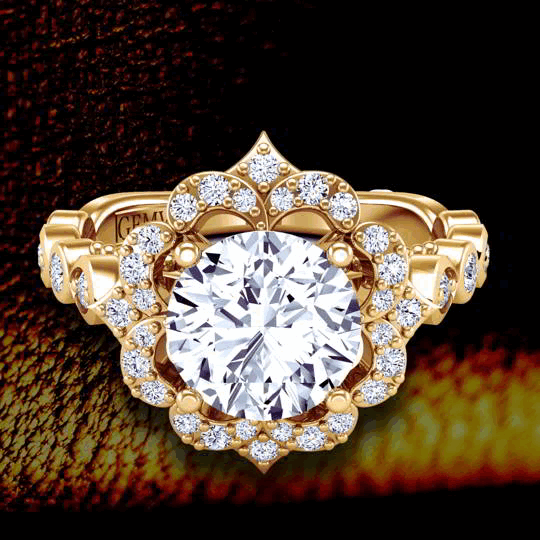
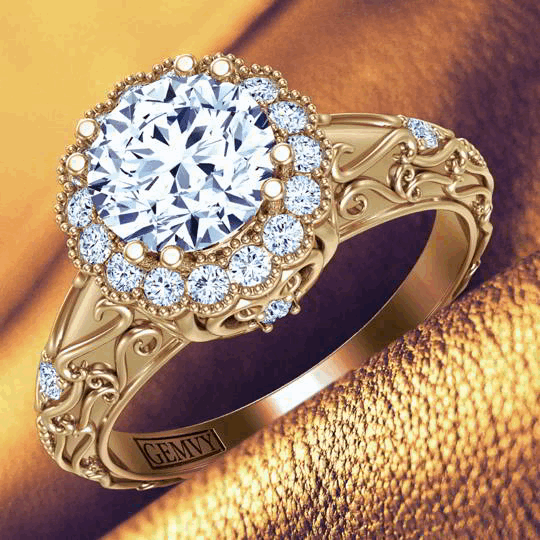
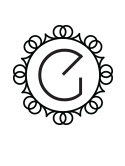













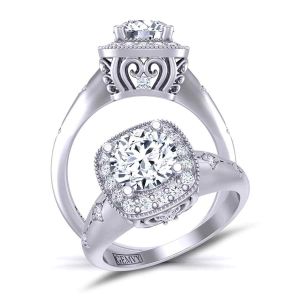

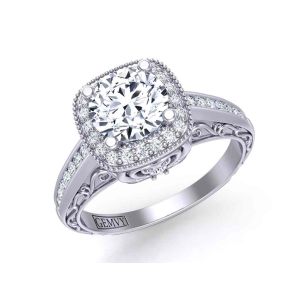
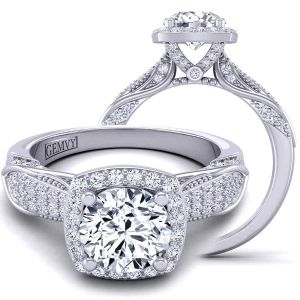
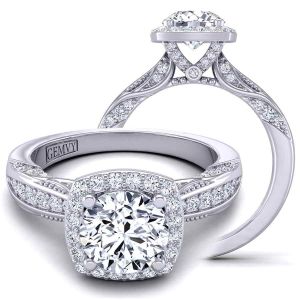

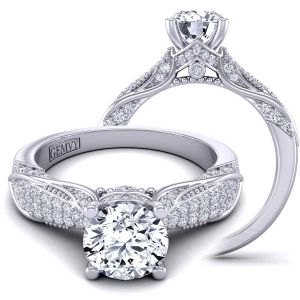
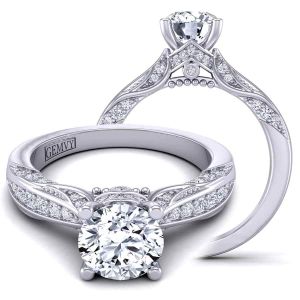

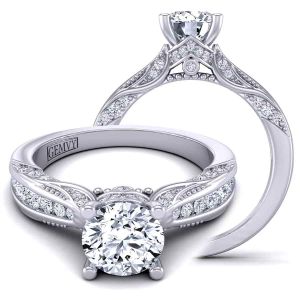

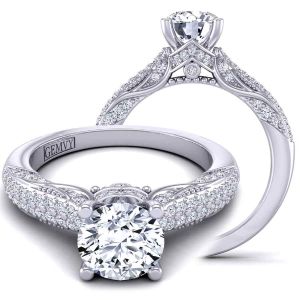

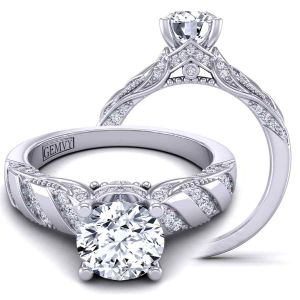


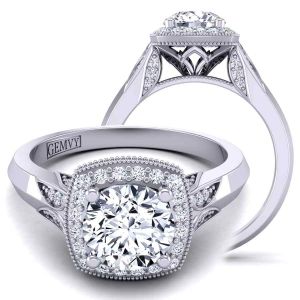
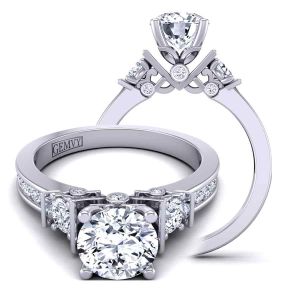
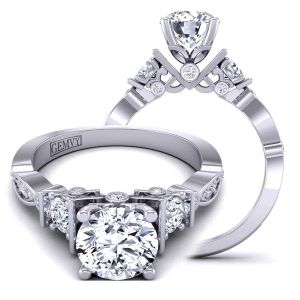
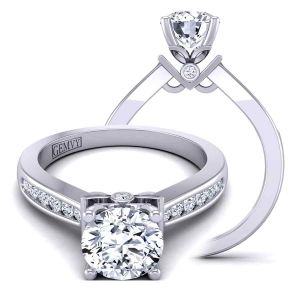
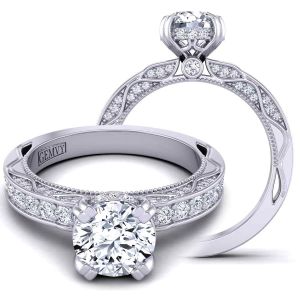
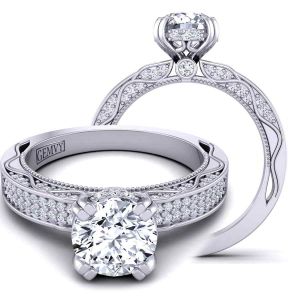
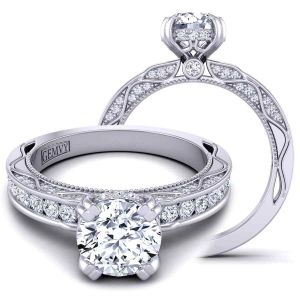
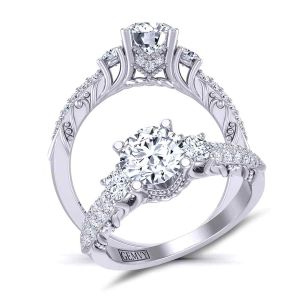
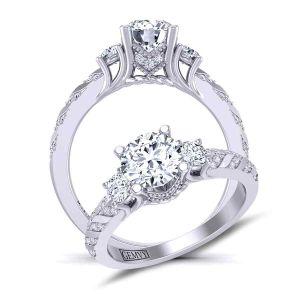
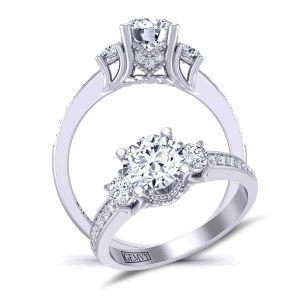


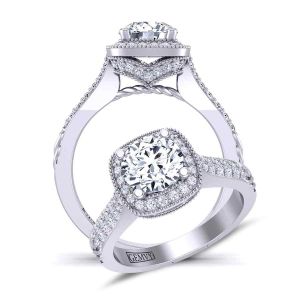


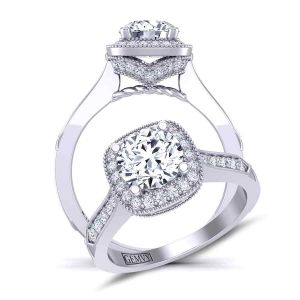
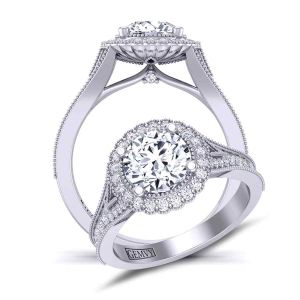
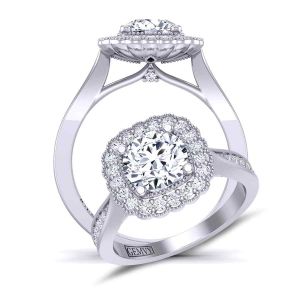
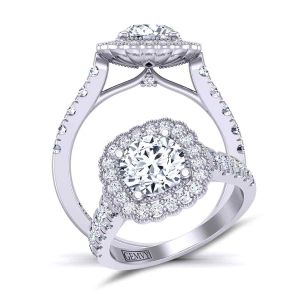

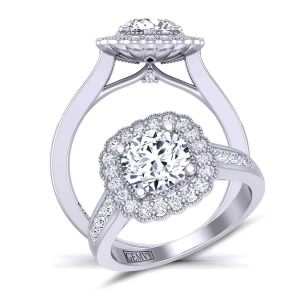

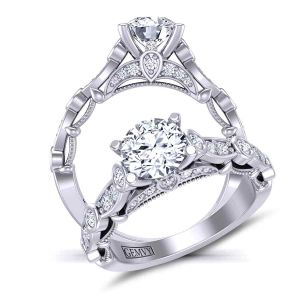
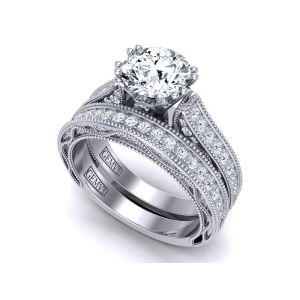

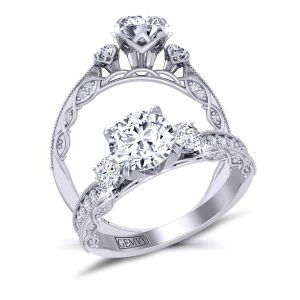


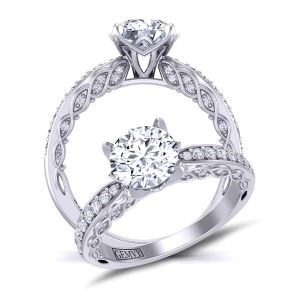
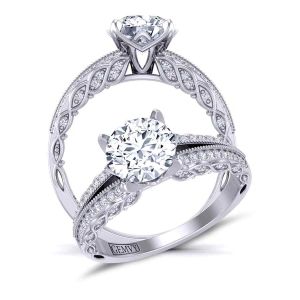
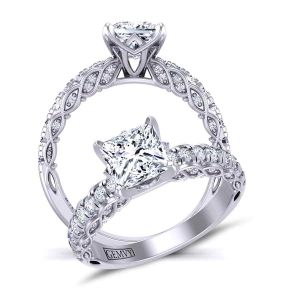
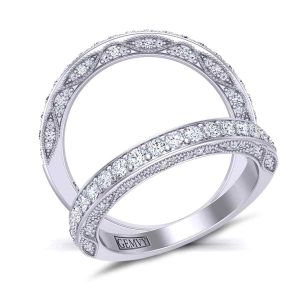
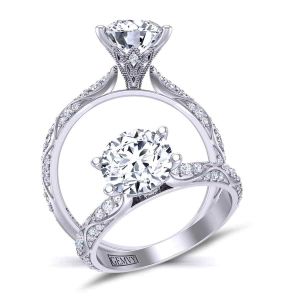
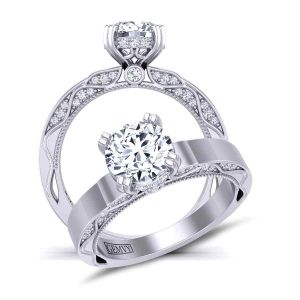
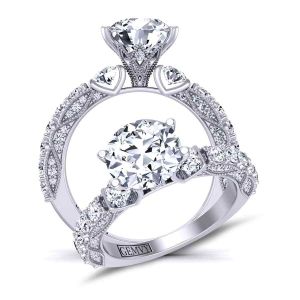
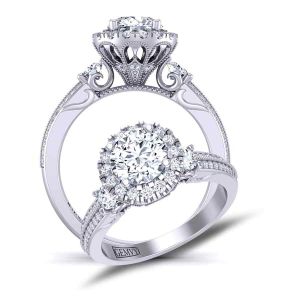
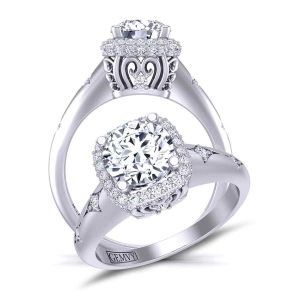
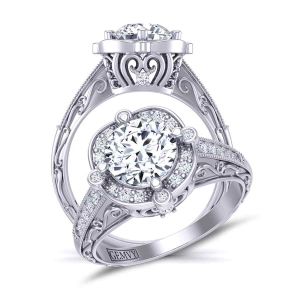
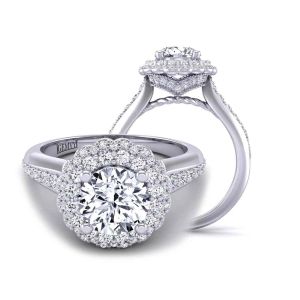

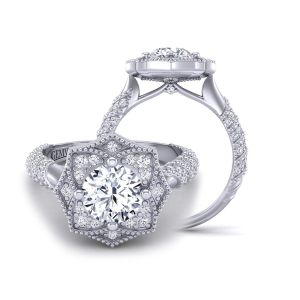
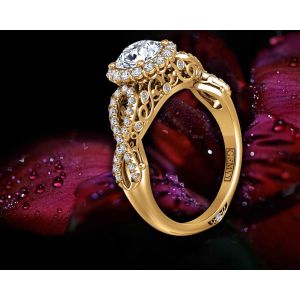
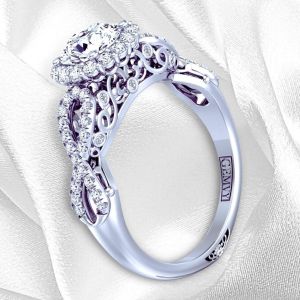
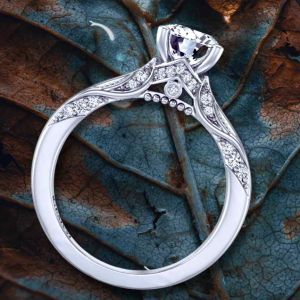
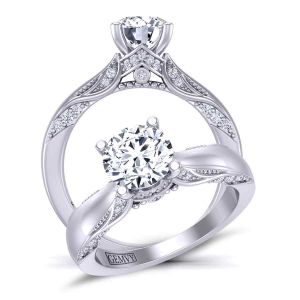
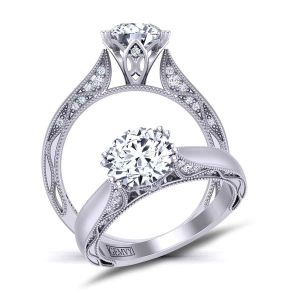
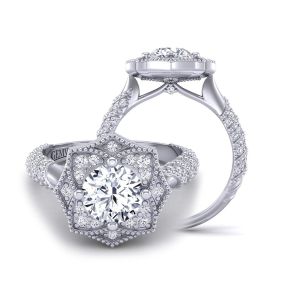
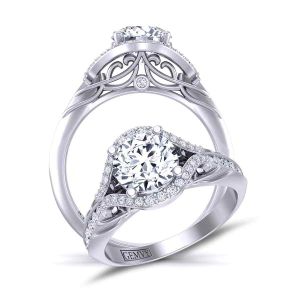
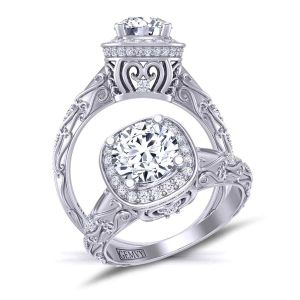
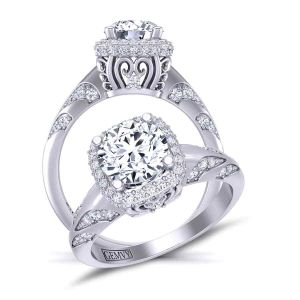


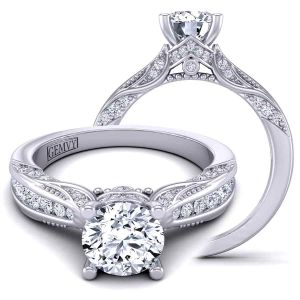
Leave a Reply